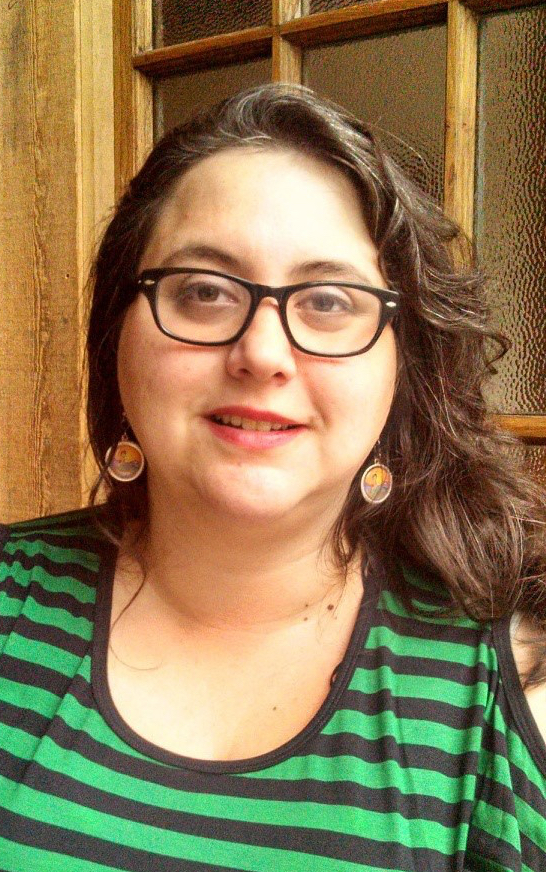Earth and Environmental Sciences Professor Honored for International Outreach on Water Issues
By Jenny Wells, Rebecca Freeman
By Jenny Wells, Rebecca Freeman
DATE: 10/01/2016 - 12:00pm to 4:00pm
LOCATION: Academic Science Building - Rose St
BioBonanza was a one-day open house festival celebrating biological research at the University of Kentucky.
By Gail Hairston
By Jenny Wells
Why Can't I Be Somebody Else?: Jewish American Writing and Identity Politics
#IAmMuslim. #JeSuisCharlie Hebdo. #ICan’tBreathe. The recent explosion of first-person hashtag activism has reframed how we think about the ethics of identification. What are the possibilities and pitfalls of identifying with and, sometimes, speaking for the members of oppressed groups? Glaser’s talk will explore a particularly powerful case history to explore these debates: how Jewish American writers struggled with and against the limits of the empathic imagination in the aftermath of the civil rights movement and identity politics. Moving from a look at Hannah Arendt’s 1959 presumption that she could “speak for the Negro” about desegregation to Michael Chabon’s 2007 exploration of Jewish sovereignty in the figure of the Jewish-Native American in The Yiddish Policeman’s Union, we will witness the continuing power of ventriloquism—writing the self through the other—in the Jewish American imagination.
Jennifer Glaser is an associate professor of English and Comparative Literature and affiliate faculty in Judaic and Women’s, Gender, and Sexuality Studies at the University of Cincinnati. Her book, Borrowed Voices: Writing and Racial Ventriloquism in the Jewish American Imagination, was published by Rutgers UP in 2016. She has published articles, essays, and reviews in venues including PMLA, MELUS, Safundi, American Literature, Early American Literature, ImageText, Literature Compass, American Jewish History, the LA Review of Books, the New York Times, and an anthology of personal essays from Random House.